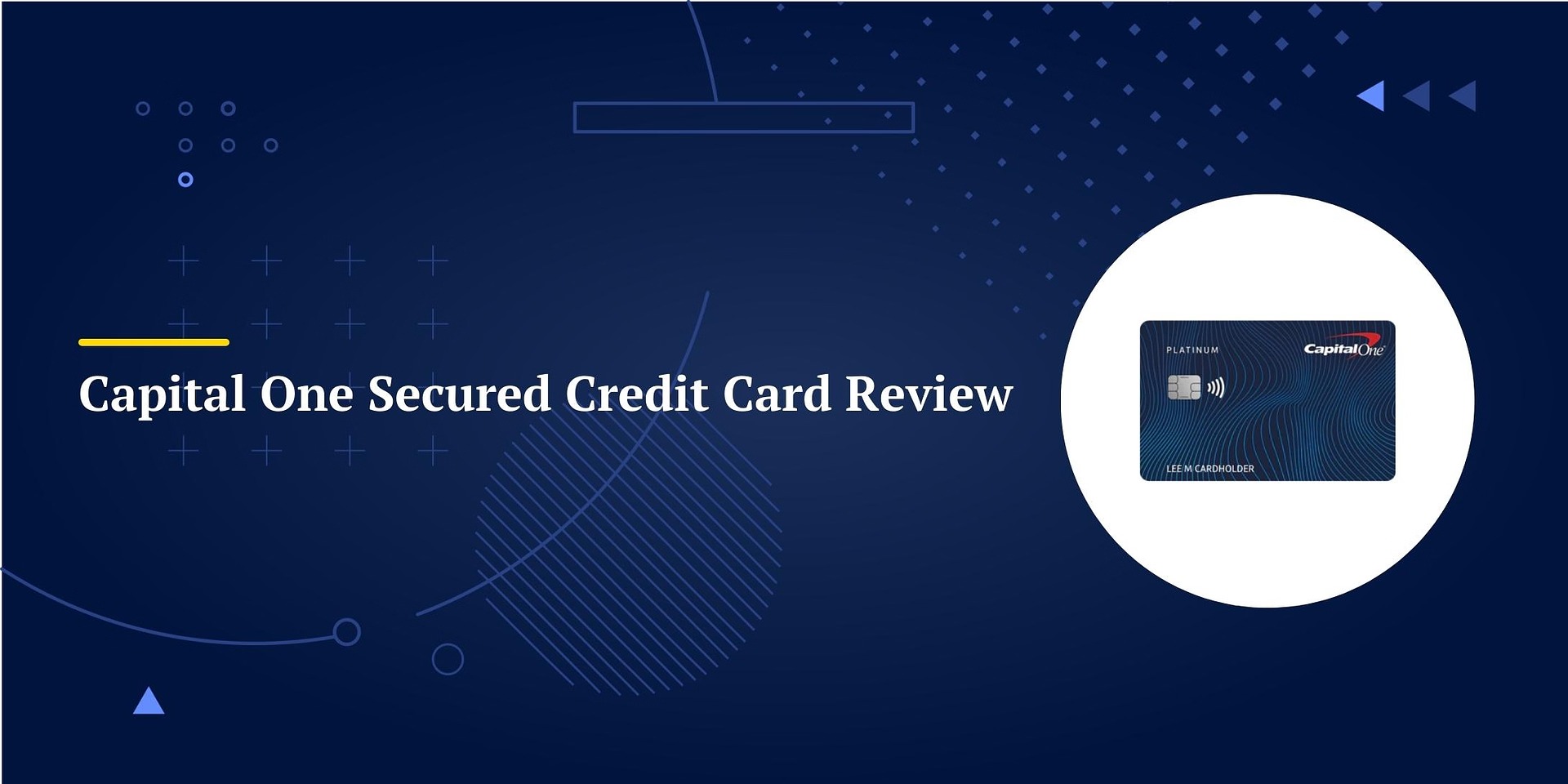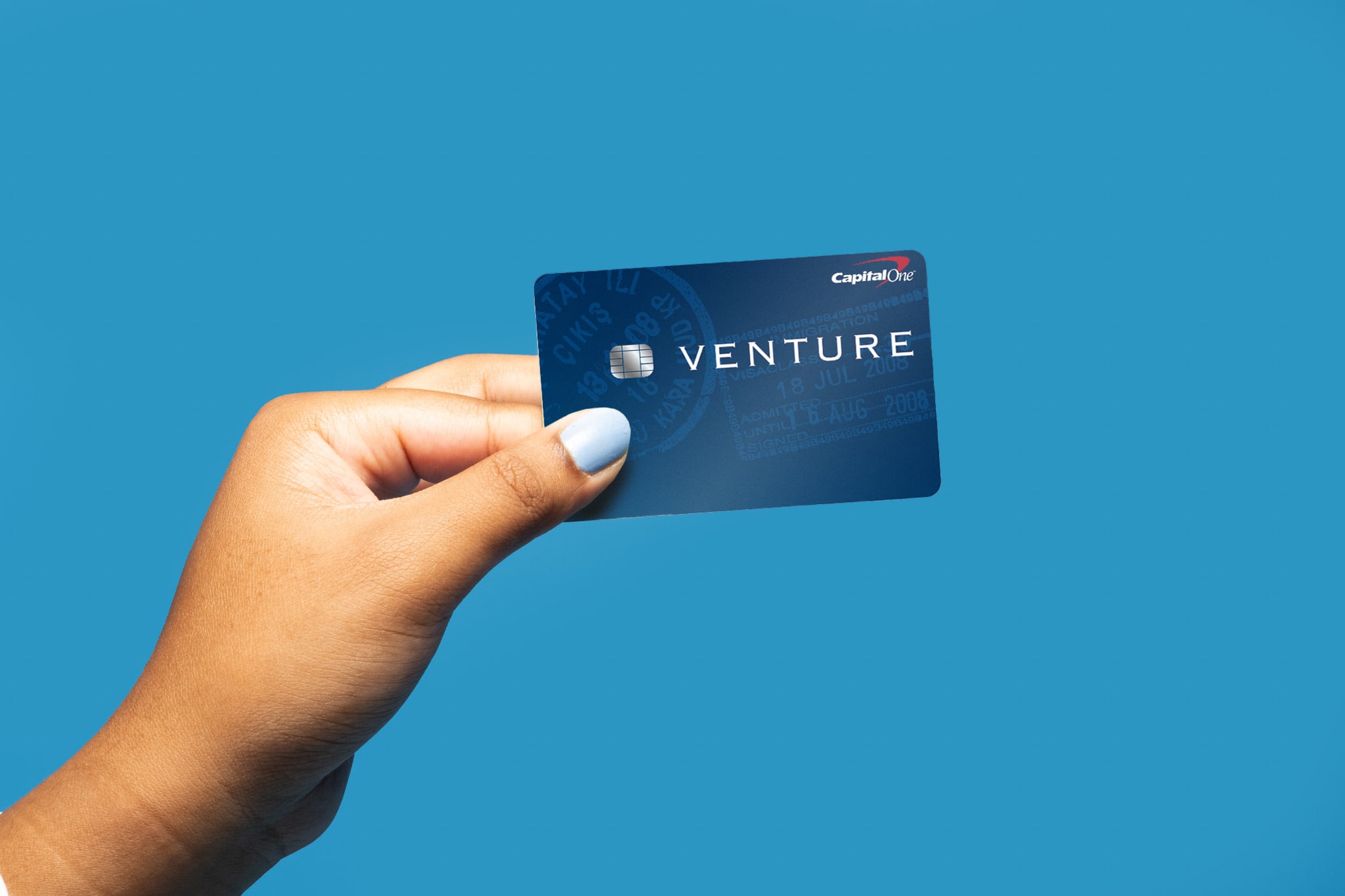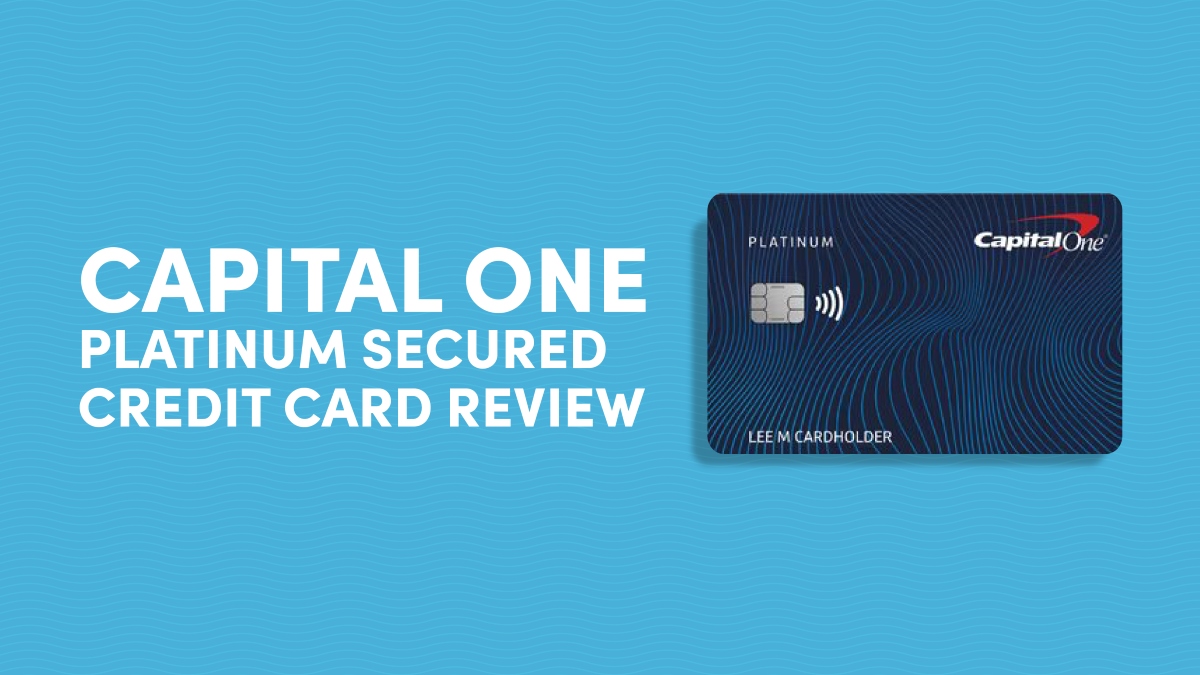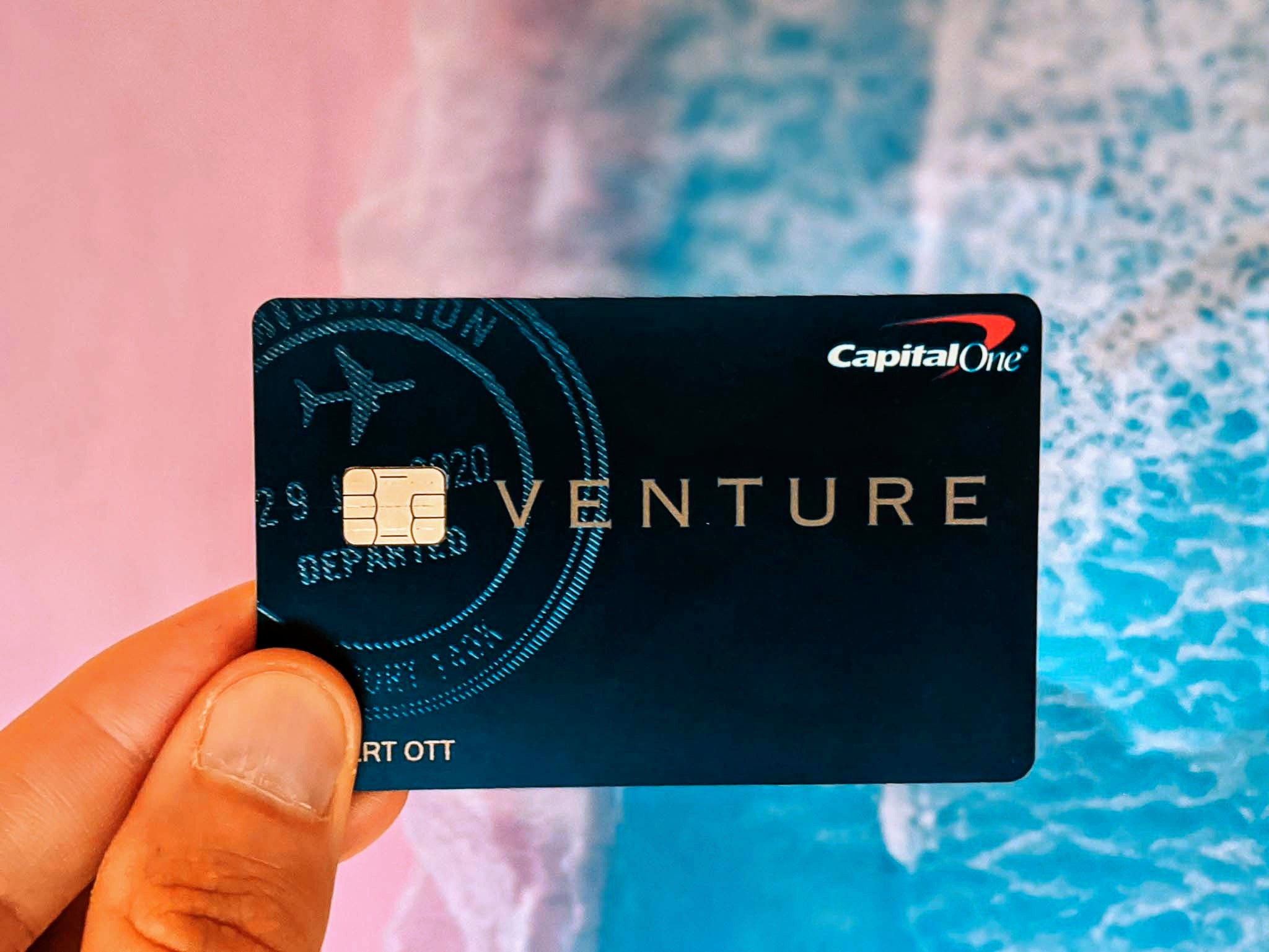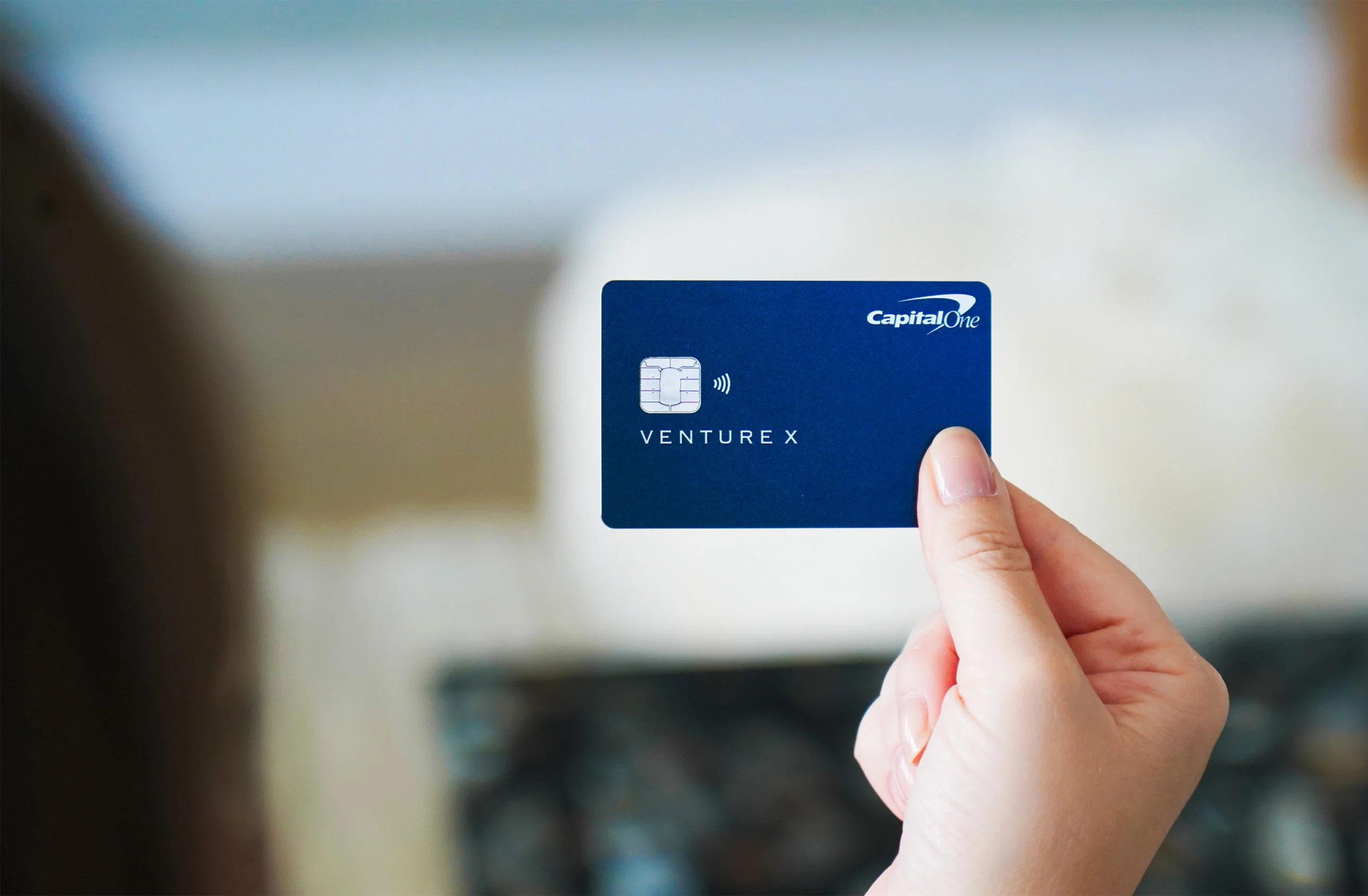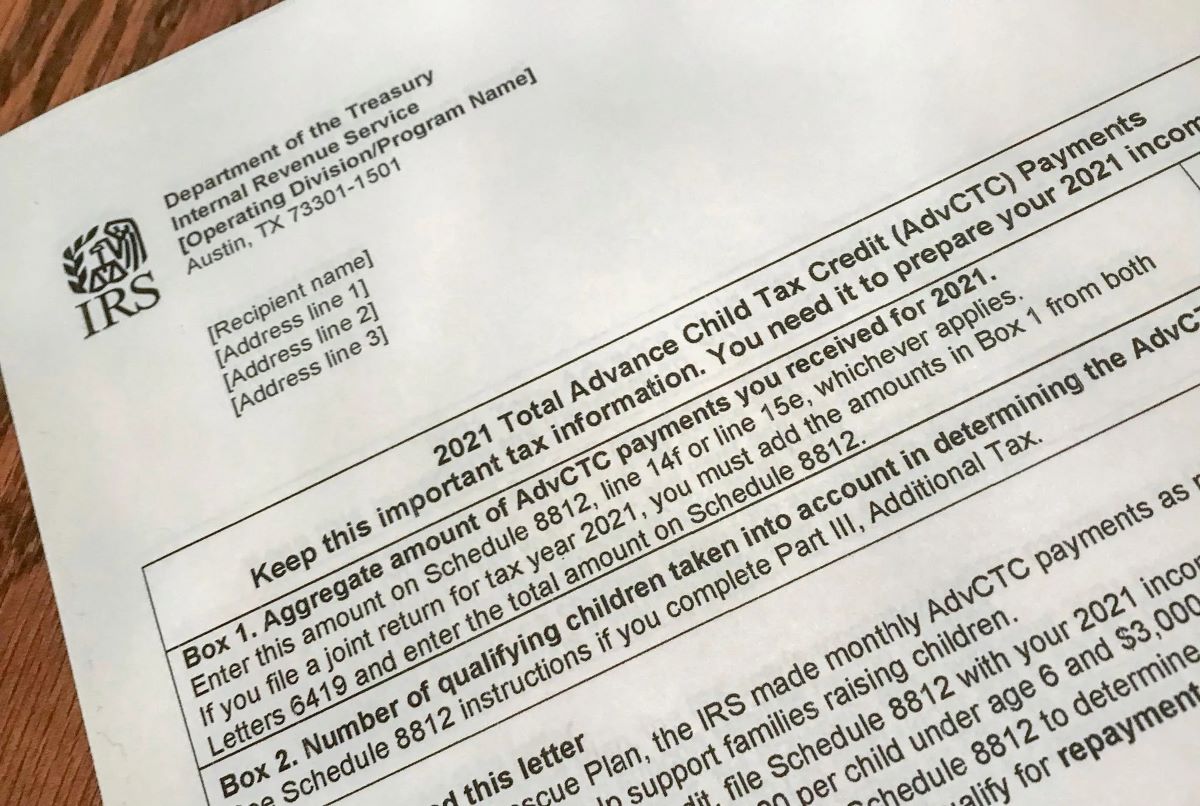Home>Finance>How Do You Change A Capital One Secured Card To Unsecured?


Finance
How Do You Change A Capital One Secured Card To Unsecured?
Published: March 1, 2024
Learn how to change a Capital One secured card to unsecured and improve your financial standing. Find out the steps to upgrade your card and build credit.
(Many of the links in this article redirect to a specific reviewed product. Your purchase of these products through affiliate links helps to generate commission for LiveWell, at no extra cost. Learn more)
Table of Contents
Introduction
Understanding the Process of Changing a Capital One Secured Card to Unsecured
Capital One secured credit cards are a popular choice for individuals looking to build or rebuild their credit. These cards require a security deposit, which typically determines the card's credit limit. However, as individuals progress in their financial journey, they may seek to transition from a secured card to an unsecured one, which can offer higher credit limits and additional benefits.
In this article, we will delve into the process of changing a Capital One secured card to unsecured, exploring the steps involved, the benefits of making this transition, and crucial considerations to keep in mind. Whether you're new to credit-building or aiming to improve your financial standing, understanding this process can empower you to make informed decisions about your credit journey.
Transitioning from a secured to an unsecured credit card represents a significant milestone for many individuals. It signifies a positive shift in their creditworthiness and financial stability. By exploring the intricacies of this transition, you can gain valuable insights into the steps involved, the potential advantages, and the factors to consider before making this change. Let's embark on this informative journey to understand the process of changing a Capital One secured card to unsecured and the implications it can have on your financial future.
Understanding Capital One Secured Cards
What Sets Capital One Secured Cards Apart?
Capital One offers secured credit cards designed to assist individuals in establishing or rebuilding their credit. These cards require a security deposit, which often determines the initial credit limit. The deposit provides a layer of security for the card issuer and serves as collateral in case the cardholder defaults on payments.
One of the key advantages of Capital One secured cards is their accessibility. They cater to individuals with limited or damaged credit histories, offering them an opportunity to demonstrate responsible credit behavior. By consistently making on-time payments and maintaining low credit utilization, cardholders can improve their credit scores over time.
Moreover, Capital One secured cards often come with features such as personalized payment due dates and the ability to monitor credit score progress through Capital One’s CreditWise tool. These user-friendly features empower cardholders to manage their finances effectively and track their credit improvement journey.
It’s important to note that while secured cards require a security deposit, they function similarly to traditional unsecured credit cards. Cardholders can use them for everyday purchases, online transactions, and bill payments, just like any other credit card. This functionality allows individuals to integrate the use of a secured card seamlessly into their financial routines.
Understanding the nuances of Capital One secured cards is essential for individuals considering the transition to an unsecured card. By grasping the fundamental principles of secured credit cards and their role in credit building, individuals can make informed decisions about their financial future and the steps necessary to progress to an unsecured credit card.
Steps to Change a Capital One Secured Card to Unsecured
Transitioning to an Unsecured Card: A Step-by-Step Guide
Transitioning a Capital One secured card to an unsecured one involves a deliberate and strategic process. While the specific steps may vary based on individual circumstances and the cardholder’s credit history, there are general guidelines to consider when pursuing this transition.
1. Build a Positive Credit History: Before initiating the transition, focus on building a positive credit history. Make timely payments on all credit accounts, including the secured card, and aim to keep credit utilization low. Demonstrating responsible credit behavior can enhance your creditworthiness and increase the likelihood of a successful transition.
2. Review Your Credit Standing: Regularly monitor your credit score and overall credit profile. Capital One may consider transitioning your secured card to unsecured based on your credit performance and financial stability. Understanding where you stand in terms of credit can help you gauge the optimal timing for making the transition.
3. Contact Capital One: Reach out to Capital One’s customer service to inquire about the possibility of converting your secured card to an unsecured one. The representatives can provide insights into the eligibility criteria, the process involved, and any specific requirements for the transition.
4. Demonstrate Responsible Credit Usage: Continuing to exhibit responsible credit usage is crucial during this phase. Capital One may assess your payment history, credit utilization, and overall financial behavior when considering the transition. By maintaining a positive credit profile, you bolster your case for converting to an unsecured card.
5. Consider Upgrade Options: In some cases, Capital One may offer the option to upgrade to an unsecured card within the same card family. Evaluate the upgrade offers available to determine the best fit for your financial goals and credit needs.
6. Be Patient and Persistent: The process of transitioning from a secured to an unsecured card may require patience and persistence. Keep communication lines open with Capital One, stay committed to responsible credit management, and remain proactive in pursuing the transition.
By following these steps and maintaining a diligent approach to credit management, individuals can navigate the process of changing a Capital One secured card to unsecured effectively. Understanding the criteria and demonstrating financial responsibility are pivotal in facilitating a smooth transition to an unsecured credit card.
Benefits of Changing to an Unsecured Card
Unlocking Advantages and Opportunities
Transitioning from a Capital One secured card to an unsecured one offers a myriad of benefits that can significantly impact an individual’s financial journey. Understanding these advantages can provide clarity and motivation for pursuing the transition.
1. Expanded Credit Limit: Unsecured cards often come with higher credit limits compared to their secured counterparts. This increased purchasing power can be instrumental in managing everyday expenses and accommodating larger financial needs.
2. Potential for Rewards and Perks: Many unsecured credit cards offer rewards programs, cashback incentives, and other perks that may not be available on secured cards. By transitioning to an unsecured card, individuals can access these valuable benefits, enhancing their overall credit card experience.
3. Credit Building Opportunities: Unsecured cards contribute to ongoing credit building by diversifying an individual’s credit profile. The responsible use of an unsecured card, coupled with existing credit accounts, can further strengthen one’s creditworthiness and demonstrate financial stability to potential lenders.
4. Enhanced Financial Flexibility: Unsecured cards often provide greater flexibility in terms of usage and payment options. This can be particularly advantageous for managing unexpected expenses and navigating financial fluctuations with confidence.
5. Improved Credit Score Impact: Successfully transitioning to an unsecured card can have a positive impact on an individual’s credit score. The shift from a secured to an unsecured card reflects progress in credit management, potentially influencing credit scoring models favorably.
6. Pathway to Future Opportunities: By holding an unsecured card, individuals position themselves for future credit-related opportunities, such as mortgage applications, auto loans, and other significant financial undertakings. This transition marks a pivotal step toward broader financial possibilities.
By embracing these benefits, individuals can recognize the tangible advantages of changing from a Capital One secured card to an unsecured one. The potential for increased credit limits, access to rewards, and the overall impact on credit building underscore the value of this transition in shaping a stronger financial foundation.
Considerations Before Making the Change
Key Factors to Evaluate
Before embarking on the journey of transitioning a Capital One secured card to an unsecured one, it’s essential to carefully assess several crucial considerations. These factors can influence the timing and feasibility of making the change, ensuring that the decision aligns with your financial goals and overall credit strategy.
1. Credit Standing: Evaluate your current credit standing and history. Assess the progress made in building a positive credit profile, including on-time payments, credit utilization, and overall credit management. A strong credit foundation can bolster your case for transitioning to an unsecured card.
2. Financial Stability: Consider your financial stability and the ability to manage an unsecured credit card effectively. Assess your income, expenses, and budgeting practices to determine if you’re well-positioned to handle the responsibilities that come with an unsecured card, such as larger credit limits and potential rewards programs.
3. Transition Eligibility: Understand the criteria for transitioning from a secured to an unsecured card with Capital One. Review the issuer’s guidelines and requirements, including credit score benchmarks and account history considerations. This insight can help you gauge your readiness for the transition.
4. Upgrade Options: Explore any upgrade options offered by Capital One within the same card family. Assess the features, benefits, and potential fees associated with upgraded unsecured cards to determine the most suitable option for your financial needs and preferences.
5. Impact on Credit Score: Consider the potential impact on your credit score when transitioning to an unsecured card. While this change can signify positive credit progress, it’s important to anticipate any short-term fluctuations in credit score and understand how this transition may affect your overall credit standing.
6. Responsible Credit Behavior: Reflect on your commitment to maintaining responsible credit behavior. Assess your ability to continue making on-time payments, managing credit utilization, and staying proactive in monitoring your credit profile. Consistent responsible credit management is vital, especially when transitioning to an unsecured card.
By carefully evaluating these considerations, individuals can make informed decisions about transitioning from a Capital One secured card to an unsecured one. Assessing credit standing, financial stability, eligibility criteria, upgrade options, credit score impact, and commitment to responsible credit behavior empowers individuals to navigate this transition with confidence and foresight.
Conclusion
Empowering Your Financial Journey
The process of changing a Capital One secured card to an unsecured one represents a significant milestone in an individual’s credit-building or rebuilding journey. Understanding the steps involved, the potential benefits, and the essential considerations can provide clarity and confidence as you navigate this transition.
By comprehending the nuances of secured credit cards and recognizing the advantages of unsecured cards, individuals gain valuable insights into the broader landscape of credit management. The potential for increased credit limits, access to rewards, and the impact on credit building underscore the value of transitioning to an unsecured card.
Before embarking on this transition, it’s crucial to assess your credit standing, financial stability, and eligibility for the change. Exploring upgrade options and considering the impact on your credit score can further inform your decision-making process. Additionally, maintaining a steadfast commitment to responsible credit behavior is pivotal in ensuring a smooth and successful transition.
As you embark on this transformative journey, remember that the transition from a secured to an unsecured card signifies progress and resilience in your financial endeavors. It opens doors to enhanced financial flexibility, expanded opportunities, and a stronger credit foundation, positioning you for future financial milestones and endeavors.
Ultimately, by navigating the process of changing a Capital One secured card to unsecured with diligence and foresight, you empower yourself to shape a brighter financial future. Whether it’s accessing higher credit limits, unlocking rewards, or fortifying your credit profile, this transition marks a pivotal step in your ongoing pursuit of financial well-being and stability.
Embrace this transition as a testament to your commitment to financial growth and seize the opportunities that come with managing an unsecured credit card responsibly. Your journey toward a stronger credit standing and enhanced financial possibilities begins with the deliberate and informed steps you take today.
